Premier shifts into high gear with North American focus
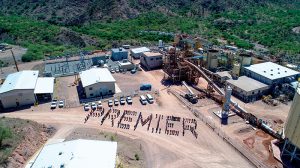
Premier Gold’s Mercedes mine in Sonora state, Mexico. CREDIT: PREMIER GOLD
In its early years, Thunder Bay, Ont.-based Premier Gold was strictly an exploration company, acquiring and exploring land in established mining camps in Canada.
The strategy was based on one day being acquired by a major. But that didn’t happen for the company, which was spun out in 2006 of Wolfden Resources (a company that was acquired in 2007 for $363 million).
So instead, Premier’s management decided to go the opposite way.
“We’ve been able to make some great acquisitions and have gone from 15, 16 months ago from having no mines to having two operations producing gold,” says Ewan Downie, Premier’s president and CEO.
Premier really started to shift its strategy when Ebe Sherkus, who had been an influential executive at Agnico Eagle Mines, joined the company as chairman in mid-2012.
“Ebe had participated very successfully in the growth of Agnico from being an explorer to a small producer to what today is one of the more respected producers, so part of the reason I wanted Ebe to join our company was because of his track record.”
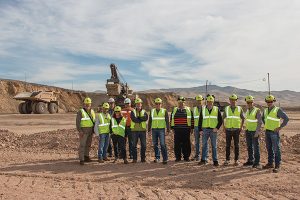
Premier’s management and board at South Arturo in Nevada. CREDIT: PREMIER GOLD
In deciding to pursue a path as a gold producer, the company’s timing couldn’t have been better. With the majors looking to trim debt by selling off non-core assets, Premier has jumped on opportunities to acquire high-quality gold production in the U.S. and Mexico over the last two years.
Now in addition to five exploration projects in different stages, Premier has two producing gold mines.
In 2016, its first year as a producer, the company produced 112,000 oz. gold, and it expects production to reach 130- 140,000 oz. in 2017 at cash costs of US$580-610 per oz. (all in sustaining cash costs of US$660-690 oz.).
In May 2015, Premier bought Goldcorp’s 40% stake in South Arturo, a development project on the Carlin trend in Nevada in return for US$24 million and the transfer of a 5% stake in the Rahill-Bonanza project, a joint venture between the two companies in Red Lake, Ont. South Arturo, a JV with operator Barrick Gold, was permitted – Premier just had to put its share of the development costs, which totalled US$99 million to the end of 2016, to reap the rewards.
South Arturo poured its first ounce in August 2016. Premier’s share of production in 2017 is expected to be 50,000 to 55,000 oz. gold. Ore at the mine is processed at Barrick’s Goldstrike mill, only 6 km away, keeping costs low. Open pit production at South Arturo could last for up to 8 or 9 years, and permitting is under way there for the El Nino underground development.
And in October 2016, Premier acquired the Mercedes mine in Sonora, Mexico, for US$140 million from Yamana Gold.
The 2,000 t/d underground mine is expected to produce 85,000 to 90,000 oz. gold at cash costs of US$680 to US$710 per oz. (AISC of US$810 to US$840 per oz.)
“We were fortunate in the Mercedes acquisition that we acquired a completely de-risked and well operating mine,” Downie says.
Downie considers the acquisition the actual marker of Premier becoming a producer, rather than South Arturo. “South Arturo is run by Barrick’s Goldstrike mining team, so our input into the day to day mining is almost none and acquiring Mercedes, our input is every day.”
The mine, which began production in 2011, has proven and probable reserves of 404,000 oz. gold and 3.3 million oz. silver in 2.9 million tonnes grading 4.32 g/t gold and 35.7 g/t silver.
Premier has planned up to 50,000 metres of drilling to add to reserves and resources.
Risk averse
While Premier has been mostly focused in Ontario until recently, it did branch out with an exploration project in Baja California, Mexico, in 2008.
“Our desire would be to be mostly Canadian and U.S.- focused, but we’ve had a great experience so far in Mexico, so we view Mexico as quite favourable,” Downie says.
Recent troubles that so many companies have had overseas or even in different areas of Mexico just serve as reminders of why Premier has been so careful about the jurisdictions it operates in.
“We stick to known mining camps with a long history of past production that we view as being favourable towards mining.
Even moreso, I’d say Canada and the U.S. – politically, both countries are very, very stable and if Trudeau is out and someone else is in, I wouldn’t expect the whole stance of the country towards mining to change with the government.”
North America-focused
Premier boasts a healthy $29-million exploration budget for 2017 – an amount that would be considered high for even a mid-size producer. That includes drilling at Mercedes to find more ore, the Hasaga project in Red Lake, and the Goldbanks project in Nevada, where the company is earning a 50% stake from Kinross Gold.
But Premier’s next most advanced project after the next two developments planned at South Arturo (a permitted Phase 1 open pit and El Nino), is the Cove McCoy project in Nevada.
“We do have the permit to go underground there and we’re completing a PEA and getting prepared to start advanced underground exploration towards completing a full feasibility study,” Downie says.
The company’s Greenstone development project in northern Ontario (which includes the Hard Rock deposit near Geraldton), a 50/50 joint venture with Centerra Gold, is currently in permitting. The EA and EIS were submitted just this summer.
The project, which could produce 288,000 oz. gold per year for 14.5 years (a total of 4.2 million oz. gold), is by far Premier’s largest. A November 2016 feasibility pegged the cost of development at $1.3 billion.
Still growing
As busy as the Premier team is with its growing portfolio of projects, they are always on the lookout for more.
“One thing I tell our team is no matter how good our projects are, let’s not lose sight of there might be something better – and if we find something that’s better, we should own it,” Downie says.
Now classified as a Tier 3 producer, the company is focused on growing production to become a mid-tier (production of 350,000 oz. to 600,000 oz.).
“We would like to graduate into being a mid-tier, but very focused on cost,” he adds.
Downie, who is one of Premier’s top 10 shareholders, is aiming for the company to one day pay a dividend to its shareholders – an objective that seems quite possible if Premier can stay disciplined as it grows.
“I think the real indicator of how you’re doing as a mining business is whether your cash balance is going up quarter to quarter – and is it going up because you issued shares or did some financing or is it going up because you’re making money,” Downie says. “In our peer group, I think we’re far and above the greatest true cash flow generator.”
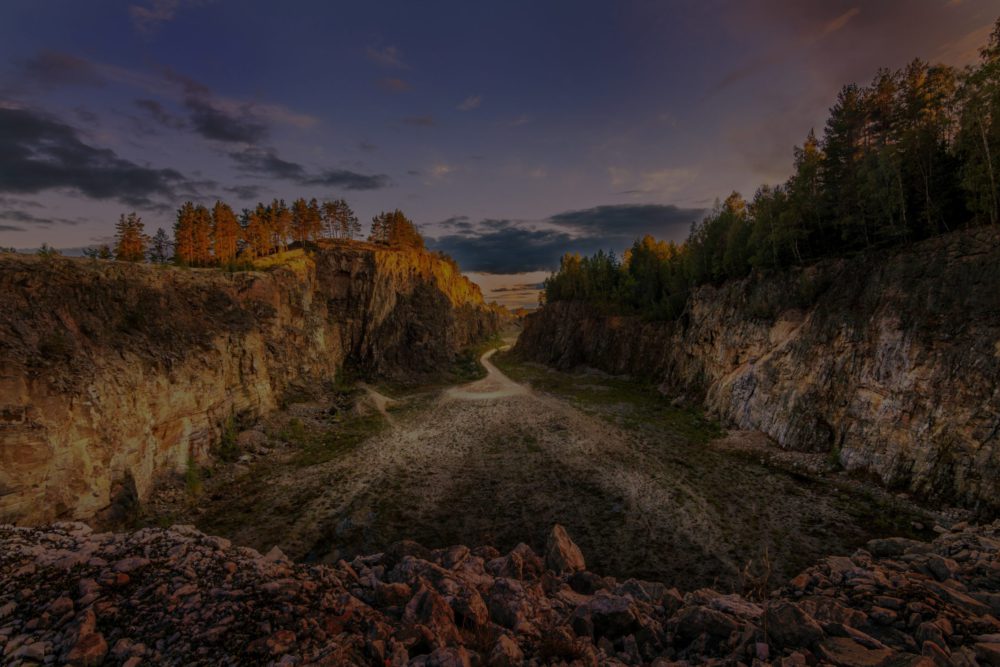
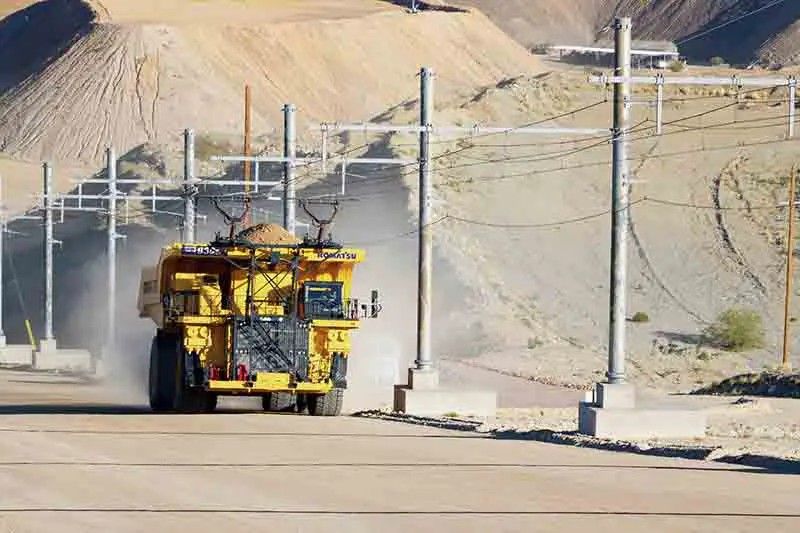
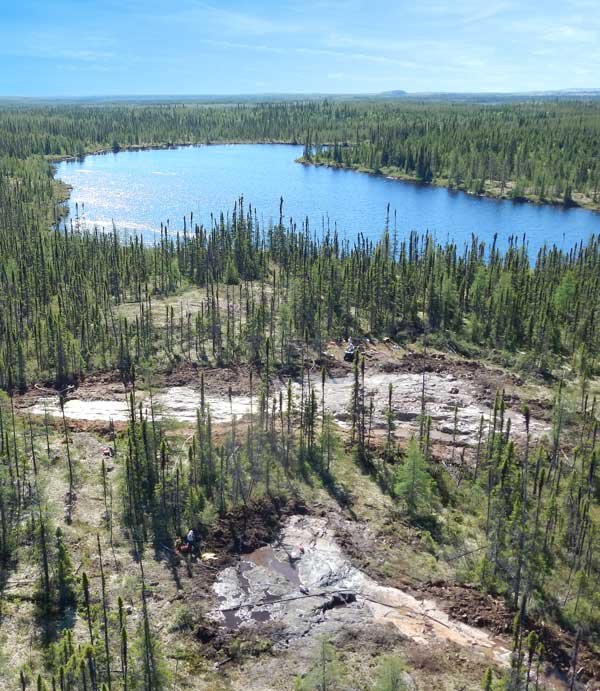
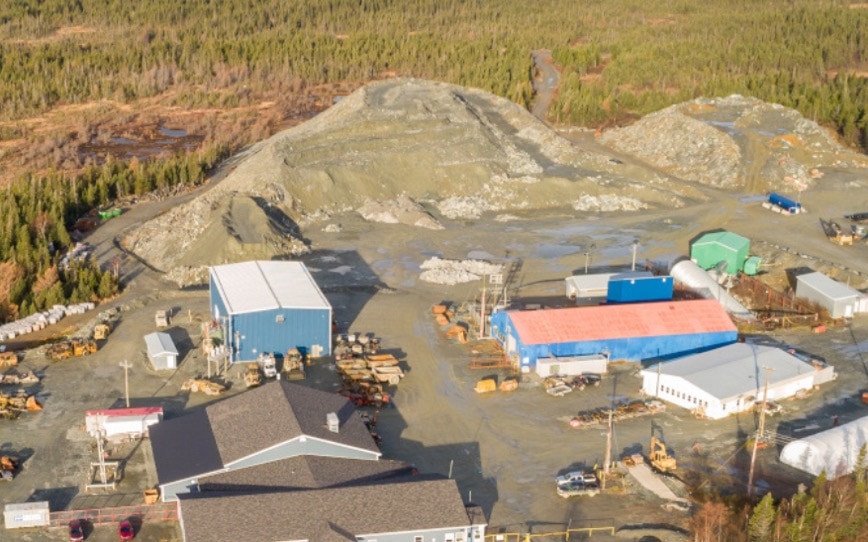
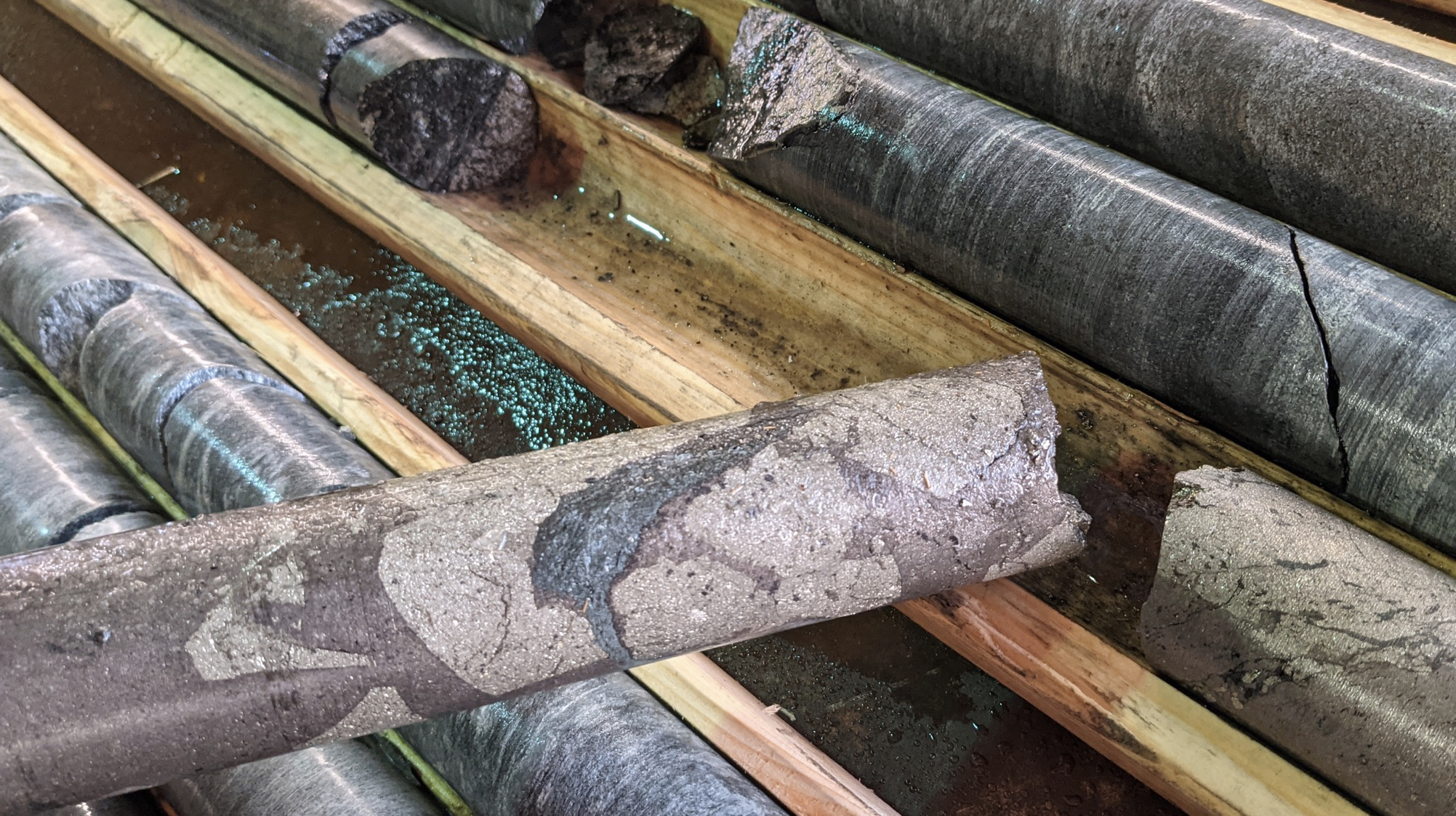
Comments